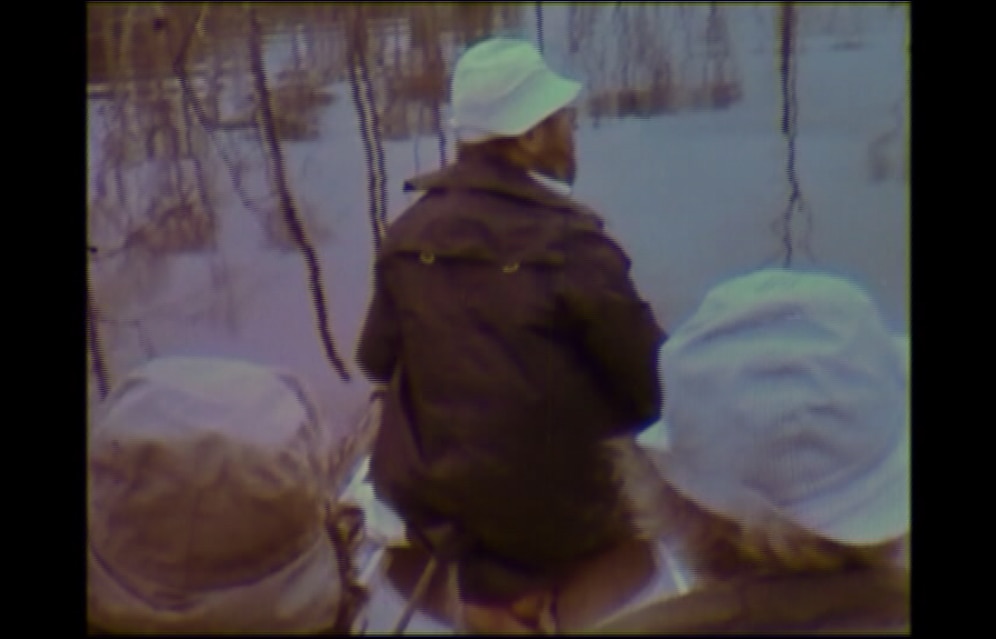
In July 1978, the Domus art critic and artists Sepp Baendereck and Frans Krajcberg came up with an ambitious project to go upstream and discover unexplored zones of the Amazon Forest, making contact with the Indios culture.
A precious 16 mm film conserved in the Domus archives records that incredible adventure, which resulted in the Manifesto of the Rio Negro.
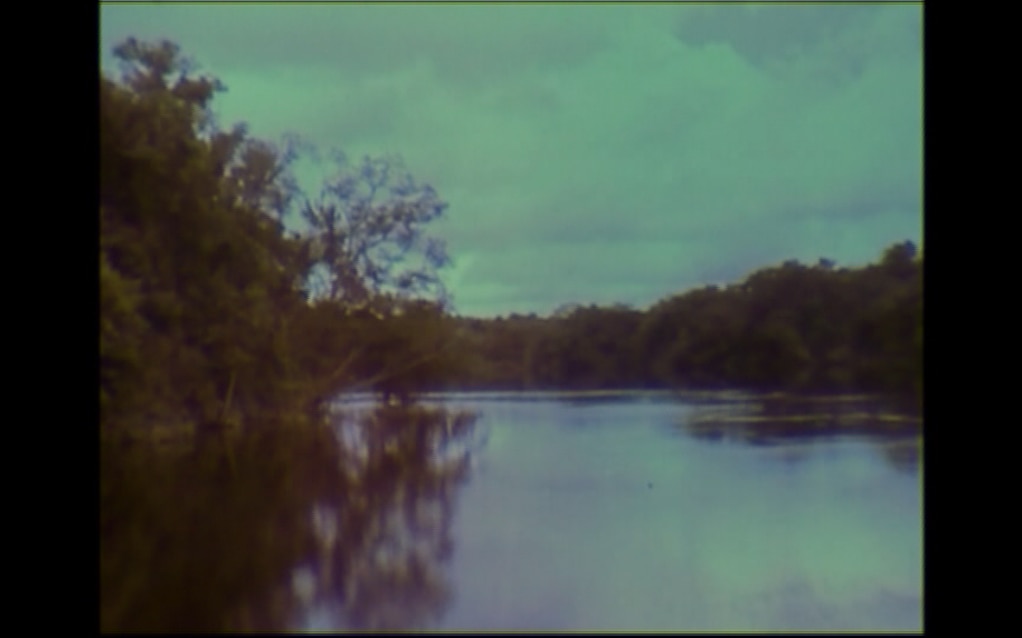
The fascinating river currents, intense close-ups of the Indios and a minute description of vegetable species provide the backdrop to the trio’s profound philosophical discussions in a perfect mix of art and nature.
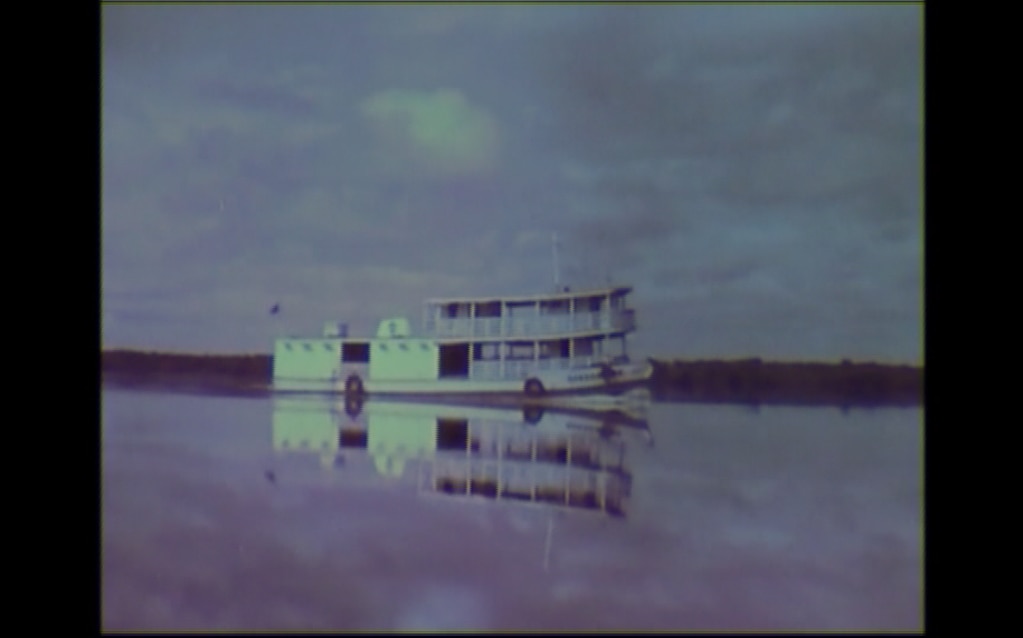
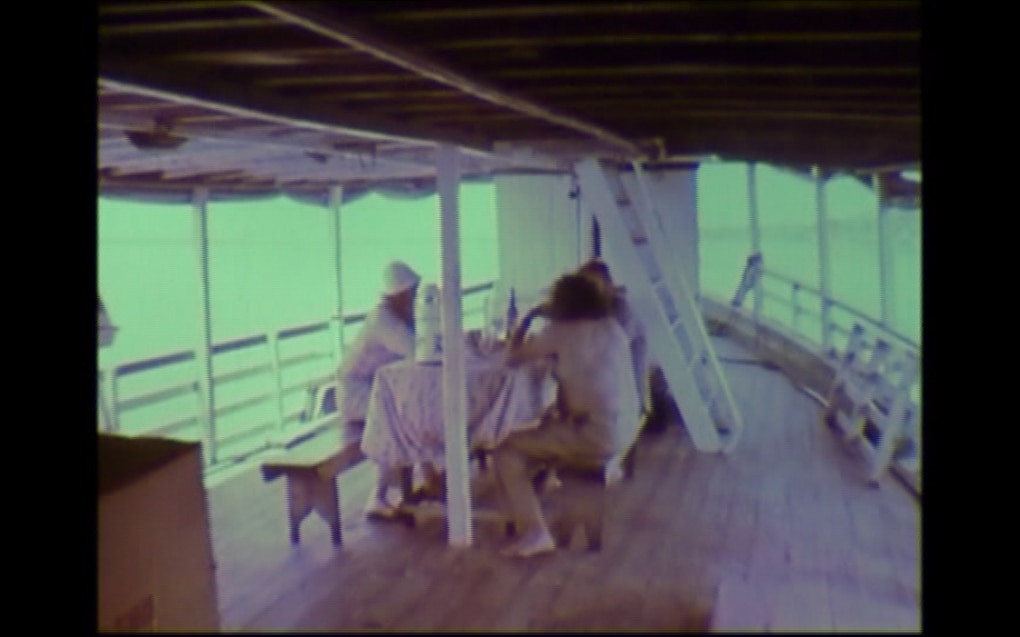
In contact with the Indios, Restany, Baendereck and Krajcberg saw how these peoples tend, under the pressure of civilisation, to lose the values on which their culture is founded and also that the products of progress are becoming necessary to their sustenance.
Restany was overwhelmed by the beauty of nature and wondered what role art might play in contemporary society, in what forms and with what principles it could provide a key to a present that embodies its problems and critical aspects.
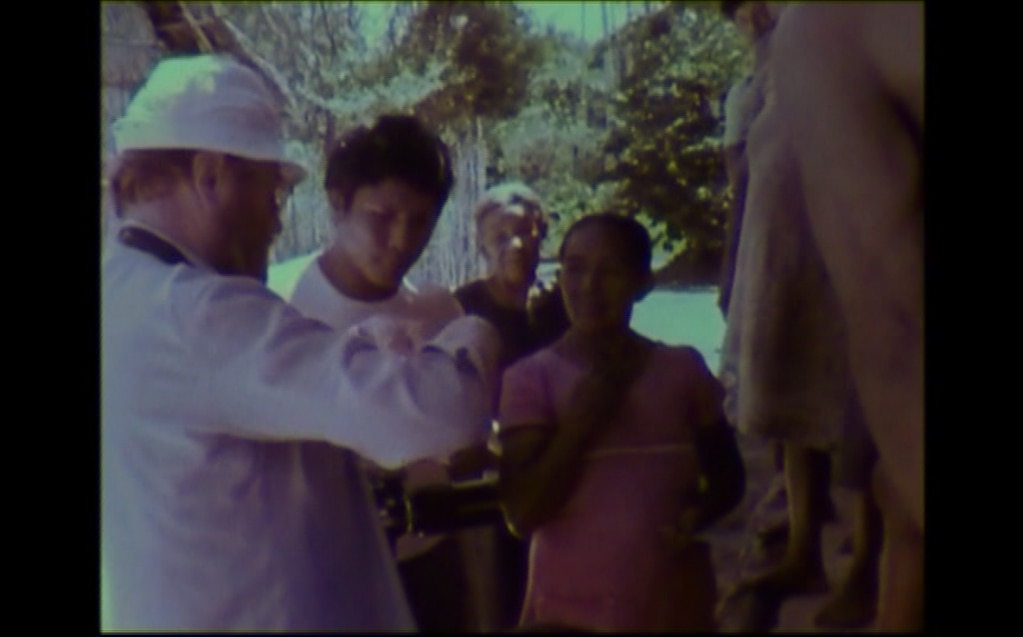
At the end of the trip, Restany participated in a cycle of international talks analysing the various permutations of the relationship between nature and culture, with a view to gaining a focus on the relationships between two seemingly far apart but inevitably linked disciplines.
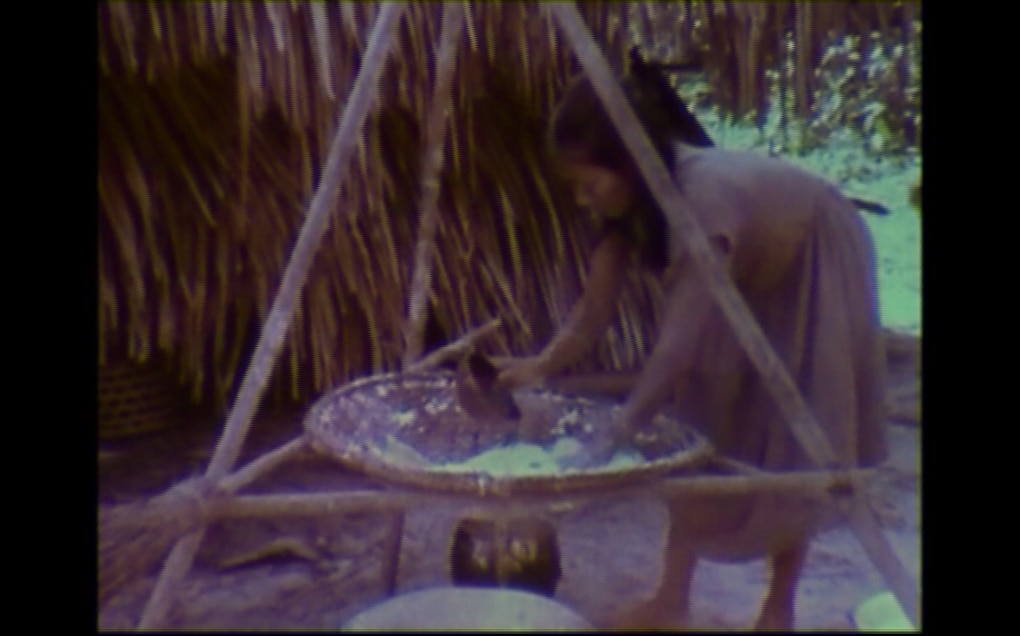
Many contemporary artists are focusing on sustainability and the denunciation of indiscriminate consumerism. Exhibitions on these subjects have multiplied in recent years. Perhaps, as Restany hoped, art really can help if not resolve these problems maybe communicate more effectively the urgency of resolving them and encouraging a sense of awareness. Alessandra Paulitti




